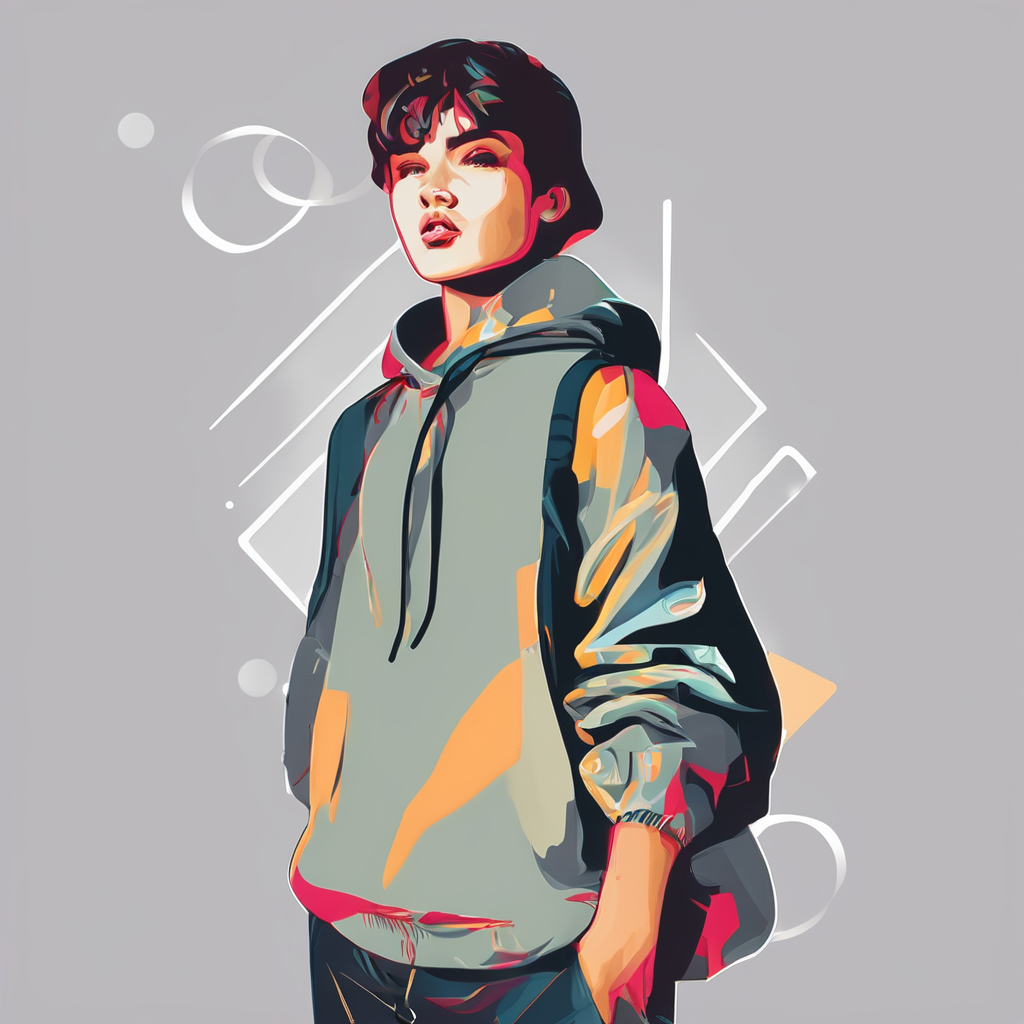Key Characteristics and Eras of Vintage British Fashion
Vintage British fashion reflects a rich tapestry of fashion eras, each with distinct styles and cultural influences. Starting with the Edwardian period, characterized by elegance and intricate detailing, the 1920s introduced more daring silhouettes with shorter hemlines and dropped waists. Post-war Britain saw the emergence of the “Mod” movement in the 1960s, marked by bold geometric patterns and sharp tailoring.
British fashion history showcases influential designers like Vivienne Westwood, who revolutionized punk style, and Mary Quant, credited with popularizing the mini skirt. These icons shaped the identity of vintage British fashion, emphasizing innovation blended with tradition.
Have you seen this : How Has UK Fashion Influenced Modern Beauty Standards?
Signature elements defining vintage British fashion include tweed fabrics, often in muted tones, alongside houndstooth and tartan patterns that evoke a quintessentially British aesthetic. Additionally, silhouettes range from the structured tailoring of Savile Row suits to the flowing dresses of the 1940s, all contributing to the unique appeal that vintage British fashion holds today. Understanding these eras and hallmarks is essential for appreciating the depth and diversity within this style heritage.
Essential Vintage British Clothing and Accessories
Vintage British fashion is distinguished by iconic vintage clothing items that define its timeless appeal. Staple pieces include the classic tweed blazer, a symbol of British elegance, often crafted with durable yet refined fabrics. The quintessential trench coat stands out not only for its functionality but also as a style emblem linked to British military heritage. For a more playful nod to the 1960s, mod dresses with their bold cuts and geometric patterns remain essential.
Also read : How do UK women incorporate vintage fashion into their daily style?
Accessories elevate these garments further. The flat cap, rooted in British working-class culture, continues to be a popular accessory. Brooches and scarves add an element of sophistication and can subtly showcase heritage designs. Heritage bags, often handmade with attention to detail, complete the look, underscoring the importance of quality craftsmanship.
Recognising authentic details is crucial when selecting vintage pieces. These include precise stitching, original labels, and natural fabric wear that distinguishes genuine vintage clothing from reproductions. British fashion staples like tailored suits emphasize structured silhouettes, highlighting the skillful tailoring characteristic of vintage British fashion. Overall, these essentials form the backbone of any authentic vintage British collection, combining style and rich cultural history.
Sourcing Vintage and Reproduction Pieces
Finding authentic vintage British fashion requires keen attention to detail and knowledge about where to buy vintage British fashion. Reputable vintage shops UK offer curated selections that ensure quality and provenance. When shopping, look for original labels, signs of natural fabric aging, and period-appropriate stitching—these are key indicators distinguishing true vintage pieces from modern reproductions.
Differentiating between genuine vintage and vintage reproduction fashion hinges on material and construction. Authentic vintage garments often exhibit subtle wear, such as soft fabric texture or slight discoloration, which reproductions typically lack. Reproduction pieces, while inspired by classic designs, use modern fabrics and manufacturing techniques. Being aware of these differences helps buyers make informed decisions about investment and wearability.
When assessing vintage clothing items, fit is crucial. Vintage sizing often varies from contemporary standards, so trying garments on or checking detailed measurements is vital. Condition is equally important; minor repairs can preserve pieces, but extensive damage might diminish value. Overall, sourcing vintage British fashion involves combining research with hands-on evaluation to find items that authentically represent the rich fashion eras of Britain.
Integrating Vintage Styles into a Contemporary Wardrobe
Blending vintage British fashion with modern pieces creates a unique, personalized look that honors heritage while staying current. When mixing vintage and modern fashion, start by pairing a standout vintage item—like a tweed blazer or mod dress—with simple contemporary basics such as slim jeans or a plain t-shirt. This balance keeps your outfit fresh and wearable daily.
To update vintage outfits, layering is key. Combining a vintage tailored suit jacket with modern knitwear or accessorizing a classic trench coat with a contemporary belt can refresh traditional silhouettes. Accessories like scarves or heritage bags add subtle British style inspiration without overwhelming the look.
Taking cues from iconic British fashion figures helps too. For example, Vivienne Westwood’s punk influence or Mary Quant’s youthful energy can inspire bold contrasts in your vintage outfit ideas. Experimenting with these elements encourages creativity and confidence while honoring the enduring appeal embedded in British fashion history.
By thoughtfully integrating vintage clothing within modern wardrobes, you can celebrate classic design while expressing personal style in a relevant, stylish manner.
Care, Preservation, and Sustainable Choices
Caring for vintage clothing requires special attention to maintain its integrity. Delicate fabrics like tweed or silk from vintage British fashion can weaken over time, so gentle hand washing or dry cleaning with experienced professionals is recommended. Avoid harsh detergents and excessive heat, which cause shrinkage or fabric damage.
Preservation involves strategic storage. Using acid-free tissue paper to pad garments, hanging suits on padded hangers, and keeping items in breathable garment bags help prevent wrinkles and deterioration. For minor repairs, addressing loose stitching or small tears promptly preserves the garment’s structure without compromising authenticity.
Sustainable fashion benefits greatly from embracing vintage pieces. Choosing vintage over new reduces waste and promotes reuse, supporting eco-conscious style. Alterations can modernize fit without discarding the original charm, extending a garment’s life cycle and reducing environmental impact.
Overall, maintaining vintage British fashion demands thoughtful care and repair, balancing reverence for original craftsmanship with practical preservation. This approach ensures that timeless pieces not only look great but also contribute positively to sustainable style choices.


